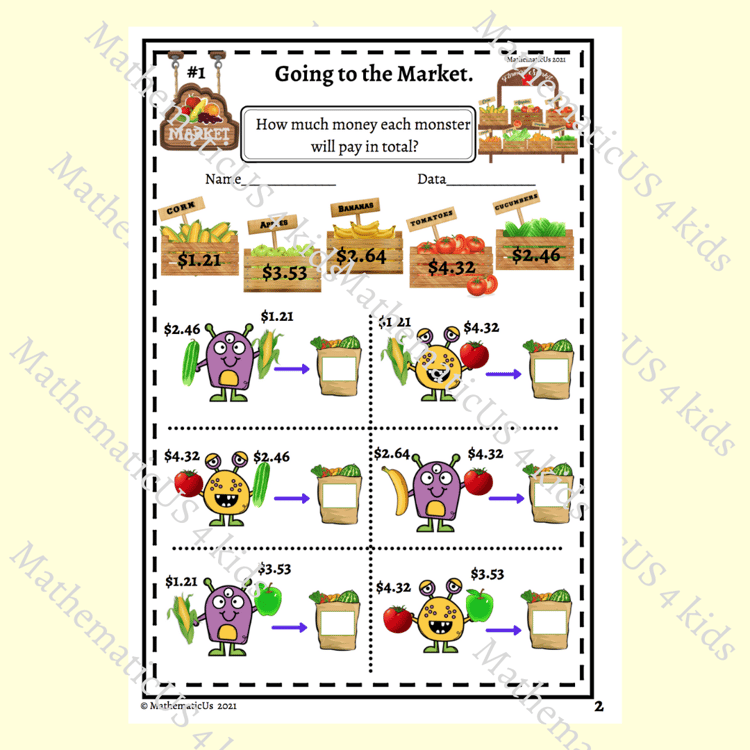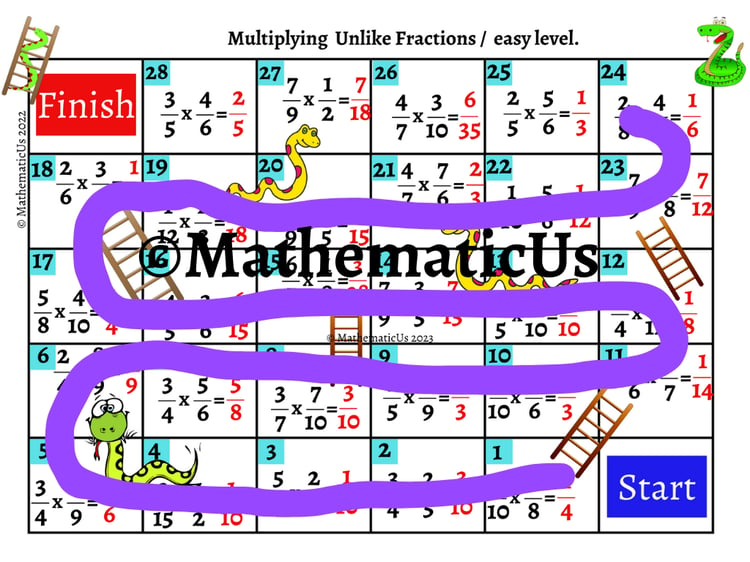As educators, it’s crucial to recognize that the way children learn is evolving rapidly with each generation. The newest cohort, known as Generation Alpha (born after 2010), is growing up in a world deeply intertwined with technology. These "digital natives" have never known a world without smartphones, tablets, and the internet. As such, teaching math to Alpha kids requires an approach that is dynamic, tech-savvy, and aligned with their modern experiences.
So how can we engage these young learners in math? Here are five effective tips to help educators and parents make math both fun and impactful for Generation Alpha:
 1. Use Visual Learning and Videos
1. Use Visual Learning and Videos
We live in a visual age, and Alpha kids are highly accustomed to consuming information through videos and images. To teach them math effectively, embrace visual learning tools. Animated tutorials, explainer videos, and infographics can break down difficult math topics in a way that is more digestible for young learners.
Platforms like YouTube offer high-quality educational videos that cover a wide range of math topics. Showing a short video or animation that demonstrates a math principle before diving into practice problems can boost comprehension and make abstract ideas more concrete.
2. Gamify the Learning Experience
Generation Alpha loves games, so why not turn math lessons into one? Gamifying the learning process can make math feel more like play rather than work. Introduce point systems, leaderboards, or badge-earning activities to motivate students. Math games like Snakes and Ladders or Dice games challenge students to solve problems in exchange for rewards or advancing levels.
Even simple classroom games like Math Mazes, Riddles, or time-based challenges can keep students engaged. Gamification taps into their competitive spirit and drive for achievement, making learning math feel rewarding.
 3. Focus on Collaborative Learning
3. Focus on Collaborative Learning
Alpha kids thrive in collaborative environments, both in-person and online. To harness this natural tendency, incorporate group work and peer learning into your math lessons. Create opportunities for students to solve problems together, share strategies, and help each other learn new concepts.
Whether it's a group project, pair work, or an online collaborative platform like Google Classroom, collaboration encourages critical thinking and builds communication skills. This not only makes math more enjoyable but also helps students learn from different perspectives.
 4. Connect Math to Real-World Scenarios
4. Connect Math to Real-World Scenarios
Alpha kids are constantly questioning the "why" behind what they are learning. To keep them engaged, show how math is relevant to their world. Math isn't just about solving problems in a textbook; it’s used in coding, gaming, robotics, and even social media.
For instance, teach them about geometry through video game design or explain probability using sports statistics. When students understand how math is applied in areas they’re passionate about, their motivation to learn increases significantly. Show them how understanding math now can pave the way for exciting careers in fields like technology, engineering, or data science.
Teaching math to Generation Alpha requires a shift from traditional methods to ones that embrace technology, creativity, and real-world relevance. By incorporating visual learning, gamification, collaborative projects, and practical applications, educators can transform math lessons into engaging, meaningful experiences that resonate with today’s students.
Let’s embrace the tools and approaches that will not only teach Alpha kids math but also spark a lifelong love for learning in a world driven by technology.




Comments ()